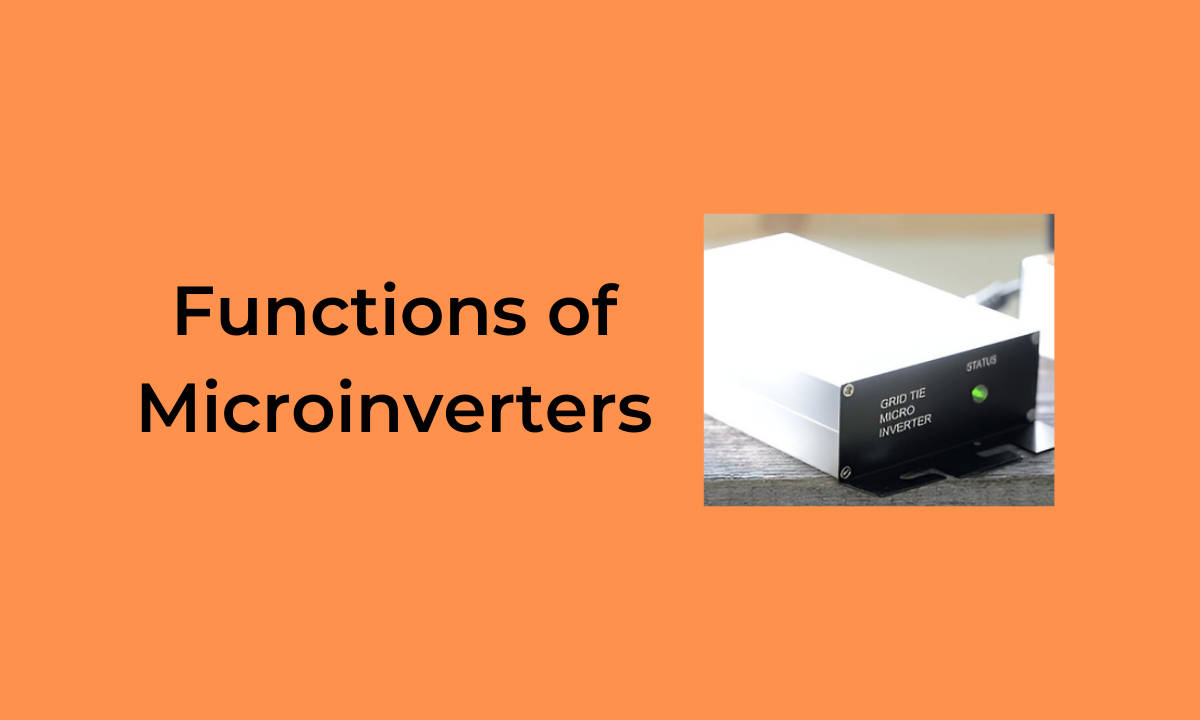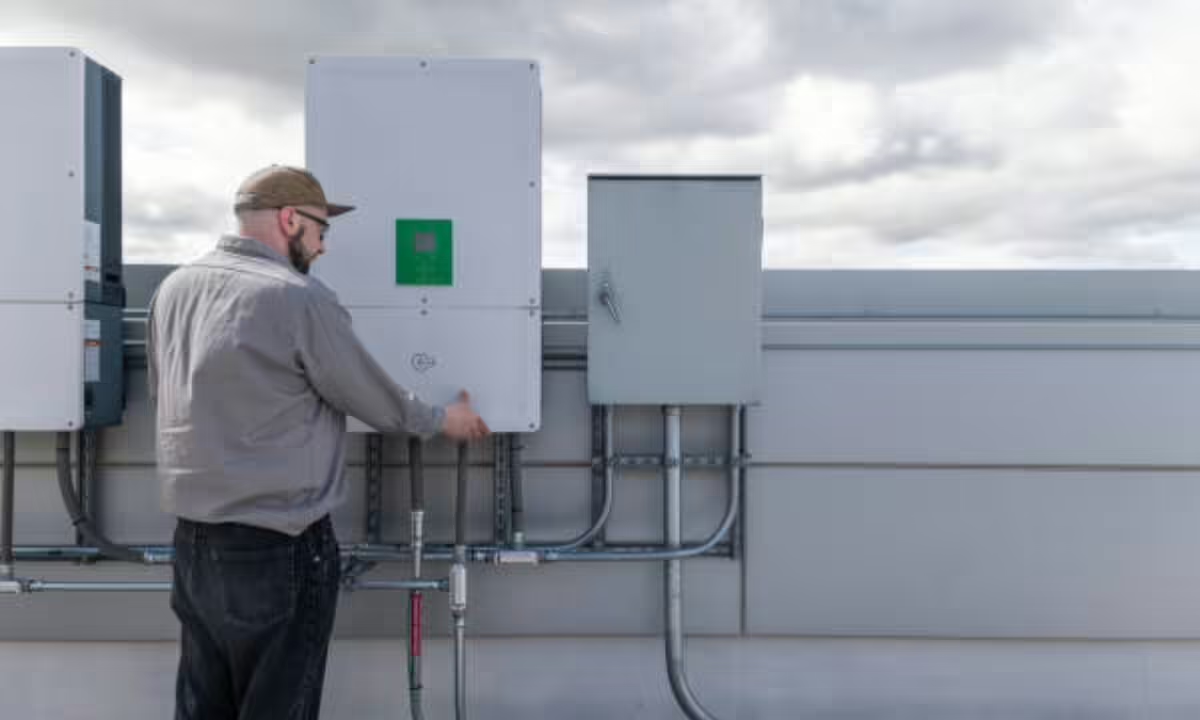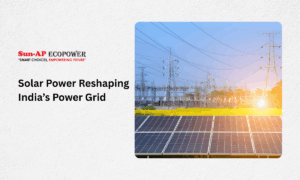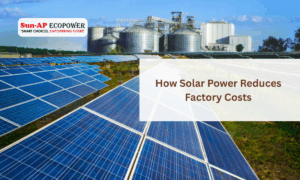Solar energy has become a preferred choice for homeowners looking to reduce their energy bills and lessen their environmental impact. As technology advances, solar systems have become more efficient, adaptable, and user-friendly. One of the most revolutionary developments in this field is the solar microinverter. Unlike traditional string inverters, solar microinverters are installed on each solar panel, providing distinct advantages in terms of energy efficiency, safety, flexibility, and maintenance. This blog delves into the benefits of using solar microinverters in home solar systems.
Understanding the Function of Solar Microinverters

A solar microinverter plays a crucial role in optimizing the energy output of a solar panel system. Instead of depending on a single, central inverter to convert the direct current (DC) electricity generated by all the solar panels into alternating current (AC), microinverters work independently on each panel. This means that each panel’s output is maximized individually, ensuring optimal energy production even if one or more panels are shaded or malfunctioning.
Increased Energy Efficiency
The key advantage of using microinverters in a home solar system is the increased energy efficiency they provide. Since each panel operates independently, shading, dirt, or obstructions on one panel will not reduce the performance of the entire system, unlike with traditional inverters. By maximizing energy production on each panel, solar microinverters help homeowners make the most of their investment.
Improved Safety Features
Safety is a paramount concern when dealing with home solar systems. Traditional inverters require high-voltage DC lines running across the roof, which can be dangerous in the event of a fire or short circuit. Solar microinverters, however, convert the power from DC to AC directly at the panel level, which minimizes the need for high-voltage DC wiring. This design offers a safer system, protecting both homeowners and first responders during emergencies.
Enhanced Flexibility and Scalability
Another significant benefit of Enphase microinverters is their flexibility and scalability. In traditional string inverter setups, the performance of each panel is interdependent, which limits the addition of new panels. Microinverters, however, allow for easy system expansion. Homeowners can add more panels at any time without affecting the existing setup, making solar microinverters an ideal solution for homeowners who plan to grow their solar system over time.
Easier Monitoring and Maintenance
Solar microinverters offer straightforward and precise monitoring capabilities, often supported by companion apps or online portals. With these monitoring tools, homeowners can track the performance of each panel, identifying any issues or malfunctions quickly. This level of detailed monitoring not only helps in maintaining system efficiency but also aids in troubleshooting, as the exact location and nature of the issue can be pinpointed. This reduces the maintenance costs associated with system upkeep and prolongs the lifespan of the solar array.
Better Performance in Complex Roofs and Shaded Areas
If a home has a complex roof structure or is partially shaded due to trees or neighboring buildings, microinverters can make a significant difference in performance. Unlike string inverters, which lower the entire array’s output if even one panel is shaded, microinverters continue to optimize the performance of each panel. This ensures that each panel generates as much electricity as possible, making it a more effective solution for challenging installations.
Lower Overall System Costs in the Long Run
Although solar microinverters may initially cost more than traditional string inverters, they often reduce overall costs in the long run. Since microinverters improve energy production and reduce maintenance costs, homeowners can save more over the system’s lifetime. Moreover, the increased energy efficiency and better monitoring capabilities mean that repairs and replacements are minimized, leading to lower expenses over time.
Higher System Longevity
Microinverters are typically more durable and longer-lasting than central inverters. While traditional inverters may need replacement after about 10-15 years, microinverters often come with longer warranties, lasting up to 25 years. This extended lifespan contributes to the overall value and longevity of a solar system, allowing homeowners to reap the benefits of clean energy for decades.
Compatibility with Smart Home Technology
In today’s tech-savvy world, compatibility with smart home technology is an important feature for many homeowners. Solar microinverters integrate seamlessly with various smart home devices, enabling homeowners to monitor and control their energy usage in real-time. This integration allows users to make informed decisions about their power consumption, helping them further reduce their energy costs and optimize system performance.
Increased Property Value
As solar energy becomes increasingly popular, homes with solar systems installed are often valued higher than those without. The reliability and efficiency offered by solar microinverters add even more appeal for potential buyers, who will appreciate the energy savings and lower maintenance costs associated with a microinverter-based solar system. This added property value can be especially beneficial if homeowners decide to sell in the future.
Environmental Impact and Sustainable Living
Using solar microinverters contributes to a more sustainable lifestyle by maximizing the efficiency of renewable energy sources. With microinverters, homeowners can generate more power from the same amount of sunlight, further reducing their reliance on non-renewable energy sources. By enhancing energy efficiency and lowering the carbon footprint, microinverters play a vital role in supporting eco-friendly living.
Government Incentives and Rebates
Many governments offer incentives, tax credits, and rebates for solar installations, especially for solar microinverter systems due to their energy efficiency. These incentives can help offset the initial costs, making the transition to solar energy more affordable for homeowners. In some cases, homeowners may also be eligible for feed-in tariffs, which allow them to sell excess energy back to the grid, providing additional financial benefits.
Conclusion
Solar microinverters offer a host of advantages for home solar systems, from increased energy efficiency and safety to scalability, improved monitoring, and longer lifespan. While the initial cost of microinverters may be higher, the long-term benefits make them a wise investment for homeowners. As technology continues to advance, solar microinverters will likely become even more popular, helping more people harness the power of the sun and enjoy a sustainable, cost-effective energy source. By choosing a solar microinverter-based system, homeowners can ensure they get the most out of their solar energy investment, contributing to a cleaner, greener future.
Sun-AP Ecopower has been characterized by innovations within renewable energy solutions. The effectiveness and reliability will be aimed at tapping into better performance in harnessing solar energy in homes and enterprises.




